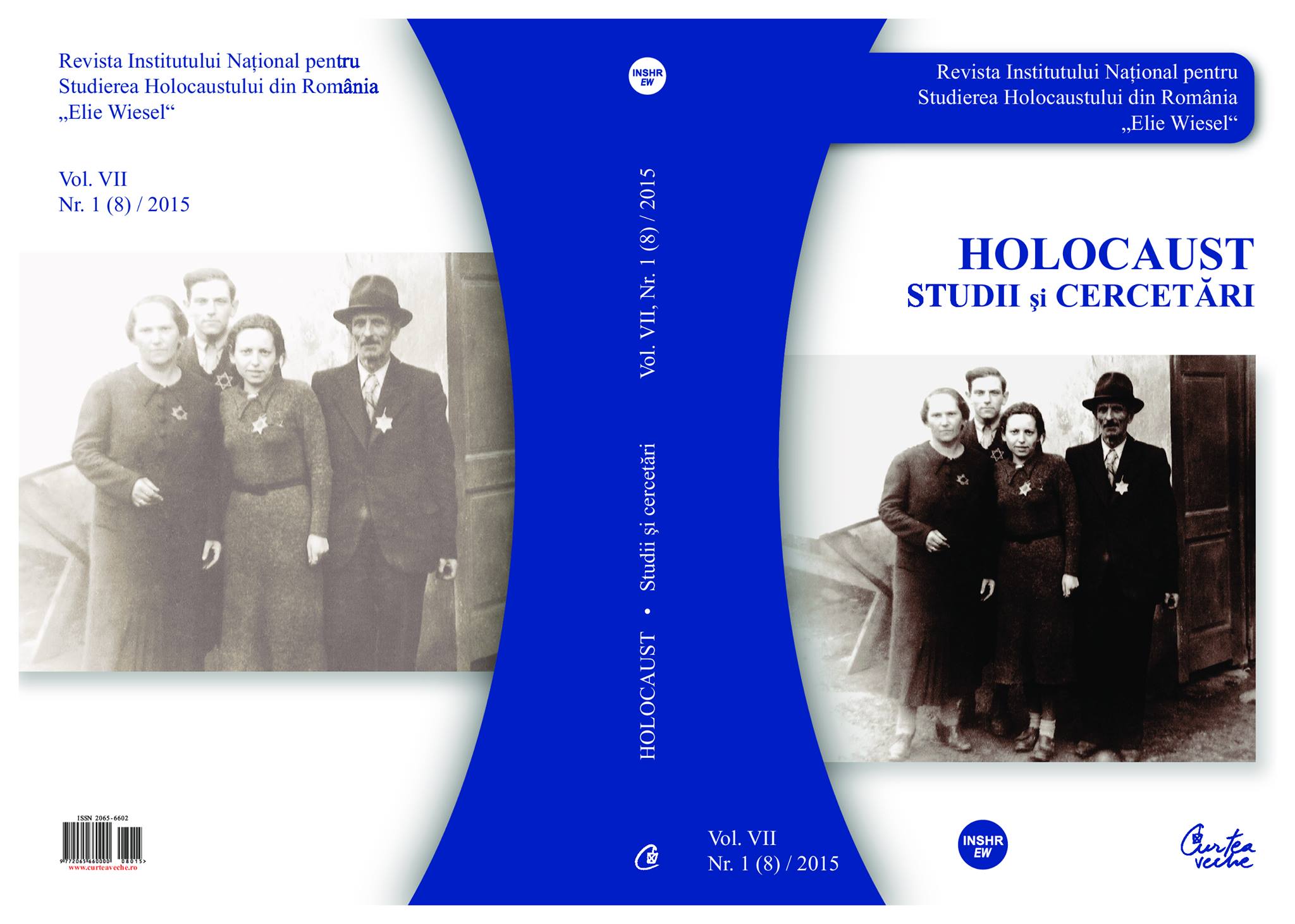The Politics of Memory and Representation: Film and the Holocaust in Central and Eastern Europe
The Politics of Memory and Representation: Film and the Holocaust in Central and Eastern Europe
Author(s): Raluca MoldovanSubject(s): History
Published by: Institutul National pentru Studierea Holocaustului din Romania ELIE WIESEL
Keywords: Holocaust film; Central and Eastern Europe; communism
Summary/Abstract: Artistic representations of the Holocaust (be they literary, visual, or cinematic) have, more often than not, stirred up controversies and provoked heated debates in the academic and non-academic circles alike. Of these kinds of representations, the cinematic ones — by virtue of the medium’s undeniable popularity — have often been at the forefront of such discussions, in which their content and mode or representation have been analyzed and scrutinized for authenticity, appropriateness, and historical accuracy.The aim of my paper is not so much that of doing a content analysis of films about the Holocaust, but rather to investigate the social and historical context in which they were made, by looking at three case studies of Central- and East-European countries: Poland, Hungary, and Romania. All three countries share similarities (the fact that they were all part of the Soviet bloc until 1989), but also notable differences: while in Poland and Hungary, popular dissent with the communist regime was more vocal and visible in the latter half of the ninth decade, the national-communist Romanian regime tried to stifle completely any form of political opposition. The legacy of the Holocaust was also dealt with differently in all three cases, a factor that undoubtedly influenced both the number, and the content of films directly or indirectly representing it. My intention, therefore, is to make a comparative analysis of Holocaust representations in Polish, Hungarian, and Romanian cinema by focus- ing on films made both before, and after 1989, from Andrzej’s Wajda’s Samson to István Szabó’s Sunshine and from Péter Forgács’ Free Fall to Radu Gabrea’s Gruber’s Journey, with the aim of discovering whether the social and political context in which these films were made had any impact on their representation of the Holocaust and, if so, to what extent.
Journal: Holocaust. Studii şi cercetări
- Issue Year: VII/2015
- Issue No: 08
- Page Range: 157-184
- Page Count: 28
- Language: English
- Content File-PDF

